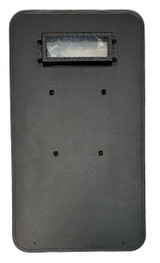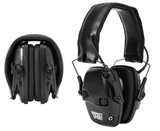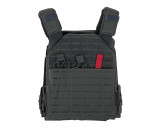BattleSteel® Level III+ Armor Plates vs. AR500 & Spartan Armor Systems: The Ultimate Comparison
Introduction: Choosing the Best Level III+ Armor Plates
When it comes to personal protection, not all armor plates are created equal. Whether you're in law enforcement, the military, or a civilian preparing for worst-case scenarios, selecting the right armor plate can mean the difference between life and death. The choice between ceramic, steel, and polyethylene armor plates can be overwhelming, with various manufacturers claiming superiority.
BattleSteel® Level III+ plates have gained a strong reputation for their balance of protection and lightweight mobility. But how do they compare to industry leaders like AR500 Armor and Spartan Armor Systems? In this in-depth comparison, we analyze material composition, weight, durability, stopping power, and real-world performance to help you make an informed decision.
Material Composition: The Science Behind Protection
The material of an armor plate dictates its ballistic performance, weight, and longevity. Understanding the pros and cons of each material is critical when choosing the best option for your needs.
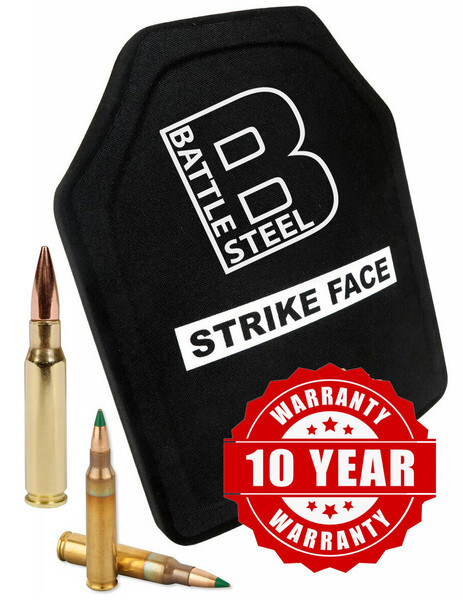
BattleSteel® Level III+
- Material: Advanced ceramic composite with ultra-high molecular weight polyethylene (UHMWPE) backing.
- Advantages: Lightweight, high stopping power, and minimal backface deformation.
- Disadvantages: Ceramic plates require careful handling to avoid fractures.
AR500 Armor Level III+
- Material: High-hardness steel.
- Advantages: High durability, can withstand multiple impacts in the same location.
- Disadvantages: Steel plates are significantly heavier and prone to dangerous spalling (bullet fragmentation).
Spartan Armor Systems Level III+
- Material: Available in both steel and ceramic-polyethylene hybrids.
- Advantages: Steel offers durability, while ceramic hybrids provide better weight reduction.
- Disadvantages: Steel models have the same drawbacks as AR500, while ceramic versions are costly.
Key Takeaway: BattleSteel® Level III+ ceramic-polyethylene plates provide the best balance of protection and mobility, while steel plates (AR500 & Spartan) offer durability at the cost of weight and potential spalling risks.
Weight: The Key to Maneuverability and Endurance
The weight of your armor plates affects your mobility, endurance, and comfort, especially for prolonged use.
|
Armor Brand |
Material |
Weight (per plate) |
|
BattleSteel® Level III+ |
Ceramic-polyethylene |
~4.5 lbs |
|
AR500 Armor Level III+ |
Steel |
~8-10 lbs |
|
Spartan Armor Level III+ |
Steel or Ceramic-polyethylene |
~8-10 lbs (steel) / ~4-5 lbs (ceramic) |
Why Weight Matters
- Law enforcement and military personnel require lightweight armor for extended wear and operational mobility.
- Civilians looking for home-defense solutions might not prioritize weight as much, but mobility remains a key factor.
- Steel plates, at nearly twice the weight of ceramic options, create fatigue and reduce reaction times.
- BattleSteel®’s Level III+ plates are almost 50% lighter than steel alternatives, making them the superior choice for tactical movement.
Durability: Which Plate Lasts Longer?
Durability is essential for ensuring that your armor will perform effectively under various conditions. While steel plates have long been praised for their resilience, ceramic-polyethylene hybrids have come a long way in offering both longevity and efficiency.
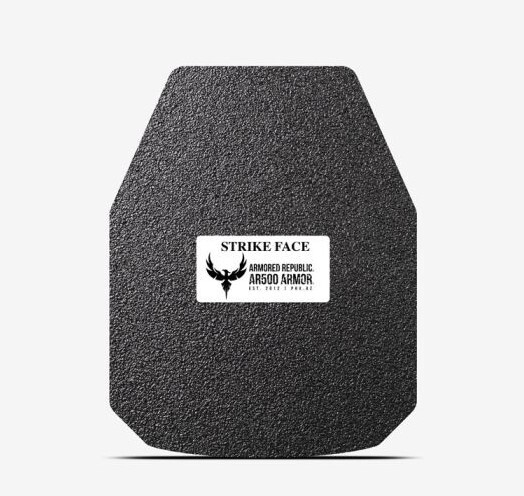
BattleSteel® Level III+ Durability
- High-strength ceramic composite construction that effectively absorbs ballistic energy.
- Polyethylene backing minimizes cracking risks compared to traditional ceramic plates.
- Multi-hit capability, though impacts on the same location may compromise integrity.
- Water-resistant exterior coating helps prevent environmental degradation.
AR500 Armor Durability
- Extremely resistant to physical damage due to hardened steel composition.
- Steel is susceptible to rust if not properly coated or maintained.
- Spalling remains a major concern—fragments from bullets can cause additional injuries.
Spartan Armor Systems Durability
- Steel models share the same issues as AR500.
- Ceramic-polyethylene hybrids last longer than pure ceramic plates and are more resistant to cracks.
Key Takeaway: BattleSteel® ceramic-polyethylene plates offer strong durability with lightweight benefits, while steel options provide longevity at the expense of weight and potential spalling hazards.
Stopping Power: Real-World Ballistic Performance
Level III+ plates are rated to stop high-velocity rifle rounds, including .308 (7.62mm), .223 (5.56mm), and lesser threats. However, material differences affect performance.
BattleSteel® Level III+ Performance
- Superior energy absorption due to ceramic-polyethylene construction.
- Less backface deformation, reducing the impact felt by the wearer.
- Effectively stops high-velocity rounds while preventing secondary fragmentation.
AR500 Armor Performance
- Stops multiple rounds without immediate failure.
- However, spalling can injure the wearer, making additional anti-spall coatings necessary.
Spartan Armor Systems Performance
- Steel models perform similarly to AR500 with the same spalling concerns.
- Ceramic options offer better energy dispersion but share some of BattleSteel®’s durability concerns.
Key Takeaway: BattleSteel® plates provide the best balance of stopping power and safety, eliminating the spalling risk found in steel alternatives.
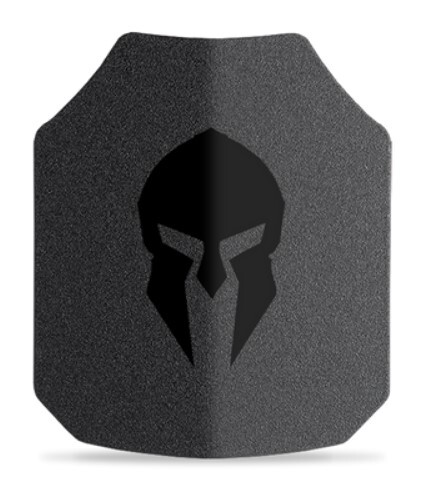
Final Verdict: Why BattleSteel® Stands Out
When comparing Level III+ plates, it’s clear that BattleSteel® offers the best combination of lightweight design, high ballistic performance, and reduced injury risk.
Pros of BattleSteel® Level III+ Plates:
- Lighter than steel plates (4.5 lbs vs. 8-10 lbs).
- No spalling risk due to ceramic-polyethylene construction.
- High-level stopping power with reduced blunt force trauma.
- Water-resistant and durable with proper care.
- Ideal for law enforcement, military personnel, and civilians requiring mobile protection.
Cons of AR500 & Spartan Steel Plates:
- Heavy, causing fatigue over time.
- Risk of dangerous bullet fragmentation (spalling).
- Less effective in reducing blunt force trauma.
If you prioritize lightweight mobility, superior stopping power, and maximum safety, BattleSteel® Level III+ plates are the best choice.
Visit BattleSteel
Ready to upgrade your protection? Explore BattleSteel® Level III+ plates today and experience the ultimate combination of strength, safety, and mobility.
Visit BattleSteel.com to get yours now!
Recent Posts
-
Understanding Ballistic Shield Ratings and Their Applications
The Trusted Name in Tactical Defense - BattleSteel® When it comes to protecting those who protect us …2025-04-19 -
The Importance of Hearing Protection in Tactical Environments
The Legacy of BattleSteel® BattleSteel® is a trusted name in the world of tactical defense equipment …2025-04-14 -
How to Properly Fit and Wear a Plate Carrier
About BattleSteel and Their Mission BattleSteel is a trusted name in the tactical gear industry, ren …2025-04-11

